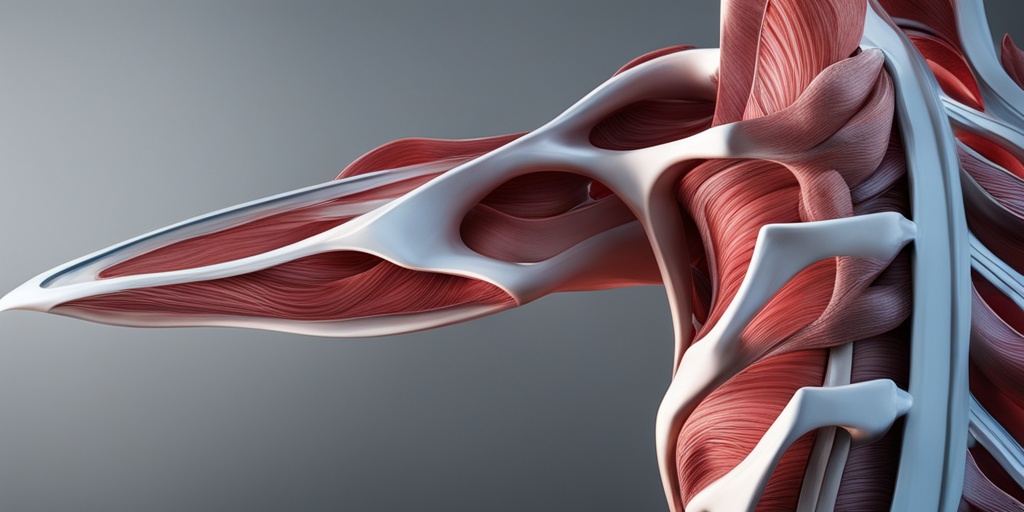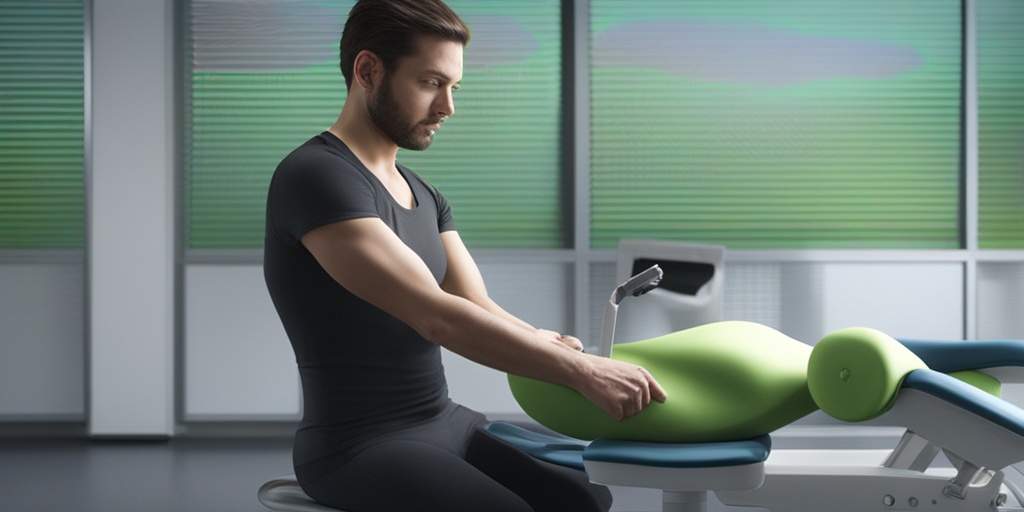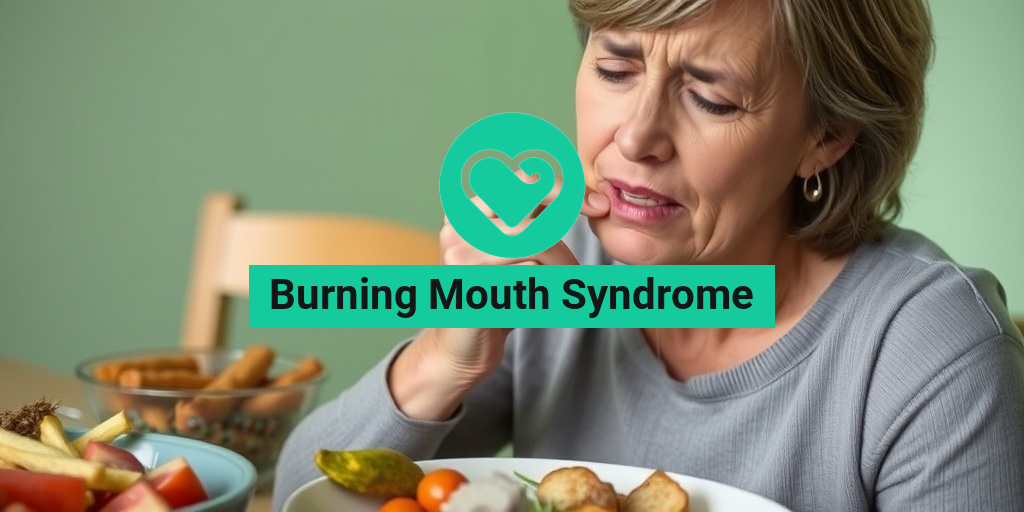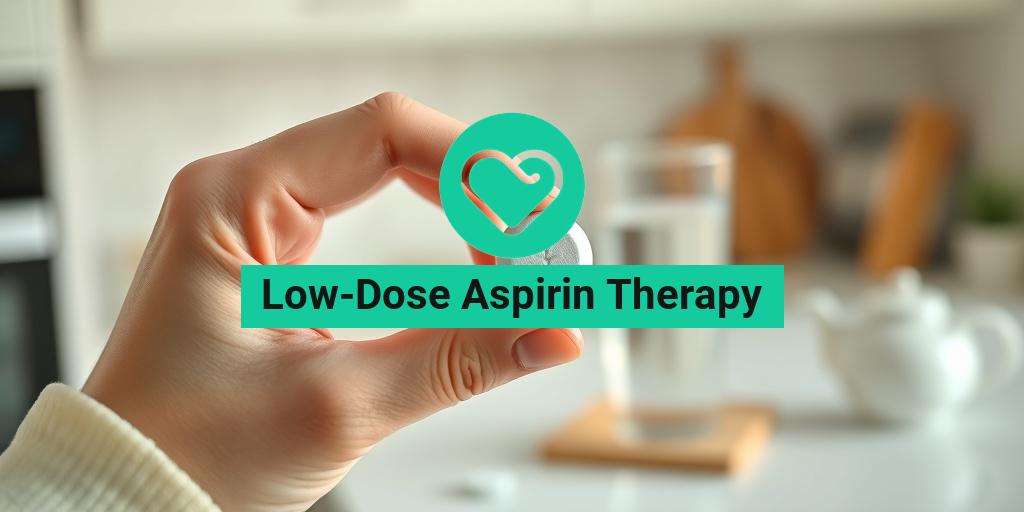What Are Rotator Cuff Disorders?
Have you ever experienced shoulder pain or weakness that makes it difficult to perform everyday activities like lifting, pushing, or pulling? You might be dealing with a rotator cuff disorder. But what exactly are these disorders, and how do they affect your shoulder joint?
Rotator cuff disorders refer to a group of conditions that affect the rotator cuff tendons and surrounding muscles in the shoulder joint. These tendons and muscles work together to provide stability, mobility, and strength to the shoulder, allowing you to move your arm in various directions. When any of these components are damaged or inflamed, it can lead to pain, weakness, and limited mobility in the shoulder.
Rotator cuff disorders can be acute or chronic, and they can affect anyone, regardless of age or activity level. However, they are more common in people who engage in repetitive overhead activities, such as athletes, construction workers, or painters. The most common types of rotator cuff disorders include tendinitis, bursitis, and tears.
To understand how rotator cuff disorders occur, it’s essential to know the anatomy and function of the rotator cuff. The rotator cuff is a group of four muscles and their tendons that surround the shoulder joint:
- Supraspinatus muscle: This muscle helps to lift the arm and stabilize the shoulder joint.
- Infraspinatus muscle: This muscle helps to rotate the arm outward and stabilize the shoulder joint.
- Teres minor muscle: This muscle helps to rotate the arm outward and stabilize the shoulder joint.
- Subscapularis muscle: This muscle helps to rotate the arm inward and stabilize the shoulder joint.
The rotator cuff tendons attach to the humerus (upper arm bone) and form a cuff around the shoulder joint. This cuff provides a layer of protection and stability to the joint, allowing for smooth and efficient movement.
The rotator cuff muscles work together to perform several essential functions, including:
- Stabilization: The rotator cuff muscles help to stabilize the shoulder joint, keeping it in place during movement.
- Movement: The rotator cuff muscles help to move the arm in various directions, such as lifting, rotating, and extending.
- Protection: The rotator cuff tendons provide a layer of protection to the shoulder joint, reducing the risk of injury or damage.
Now that you know more about rotator cuff disorders and the anatomy and function of the rotator cuff, you might be wondering what causes these disorders and how they can be treated. Stay tuned for our next article, where we’ll dive deeper into the causes, symptoms, and treatment options for rotator cuff disorders! 🏥
Remember, if you’re experiencing shoulder pain or weakness, it’s essential to consult with a healthcare professional for an accurate diagnosis and treatment plan. And for evidence-based health answers, be sure to check out Yesil Health AI (yesilhealth.com) for reliable and trustworthy information! 💻

Types of Rotator Cuff Disorders
Rotator cuff disorders are a group of conditions that affect the rotator cuff, a complex system of muscles, tendons, and ligaments that surround the shoulder joint. These disorders can cause pain, weakness, and limited mobility in the shoulder, making everyday activities a challenge. Let’s dive into the different types of rotator cuff disorders:
Tendinitis
Tendinitis is inflammation of the tendons, which connect the muscles to the bones. In the case of the rotator cuff, tendinitis can occur in any of the four tendons that make up the cuff. This condition is often caused by repetitive strain, overuse, or age-related wear and tear.
Bursitis
Bursitis is inflammation of the fluid-filled sacs (bursae) that cushion the joints and reduce friction between the tendons and bones. In the shoulder, bursitis can occur in the subacromial bursa, which lies between the acromion bone and the rotator cuff tendons.
Rotator Cuff Tears
Rotator cuff tears occur when one or more of the tendons in the rotator cuff are partially or completely torn. Tears can be caused by injury, overuse, or degenerative changes. There are two types of tears:
- Partial tears: A partial tear occurs when a tendon is damaged but not completely torn.
- Full-thickness tears: A full-thickness tear occurs when a tendon is completely torn, leaving a hole in the tendon.
Rotator Cuff Impingement
Rotator cuff impingement occurs when the tendons of the rotator cuff become inflamed and irritated as they pass through the shoulder joint. This can cause pain and limited mobility in the shoulder.
Rotator Cuff Injury Symptoms
If you’re experiencing any of the following symptoms, you may have a rotator cuff disorder:
Pain
Pain is the most common symptom of a rotator cuff disorder. You may feel pain in the shoulder, arm, or upper back, especially when:
- Lifting your arm overhead
- Reaching behind your back
- Sleeping on the affected side
- Performing repetitive activities, such as throwing or lifting
Weakness
Weakness in the shoulder or arm can make it difficult to perform everyday activities, such as:
- Lifting objects
- Reaching for objects
- Carrying heavy bags
Limited Mobility
Limited mobility in the shoulder can make it difficult to move your arm or perform activities that require flexibility, such as:
- Raising your arm overhead
- Rotating your arm
- Reaching behind your back
If you’re experiencing any of these symptoms, it’s essential to seek medical attention to determine the underlying cause and develop an appropriate treatment plan. 🏥

Causes of Rotator Cuff Disorders
Rotator cuff disorders are a common issue that affects millions of people worldwide. But what exactly causes these disorders? In this section, we’ll delve into the underlying causes of rotator cuff disorders and explore how they can impact your daily life.
Acute Injuries
A sudden injury or trauma to the shoulder can cause a rotator cuff disorder. This can happen due to a fall, a car accident, or even a sports injury. When the shoulder is subjected to sudden and intense force, the tendons and muscles in the rotator cuff can become strained or torn, leading to pain, inflammation, and limited mobility.
Repetitive Strain
Repetitive strain is another common cause of rotator cuff disorders. This can occur when you perform repetitive movements, such as lifting, pushing, or pulling, over an extended period. The constant strain on the rotator cuff can lead to micro-tears in the tendons and muscles, causing pain, weakness, and stiffness.
Aging and Wear and Tear
As we age, our tendons and muscles naturally degenerate, making them more prone to injury. The rotator cuff is no exception. Over time, the tendons and muscles in the rotator cuff can become worn out, leading to tears, inflammation, and pain.
Poor Posture and Muscle Imbalances
Poor posture and muscle imbalances can also contribute to rotator cuff disorders. When the muscles in the shoulder and upper back are weak or tight, it can put additional strain on the rotator cuff, leading to pain and inflammation.
Risk Factors for Rotator Cuff Disorders
While anyone can develop a rotator cuff disorder, certain individuals are more at risk. Here are some of the key risk factors to be aware of:
Age
As we age, our risk of developing a rotator cuff disorder increases. This is because our tendons and muscles naturally degenerate over time, making them more prone to injury.
Occupation
Certain occupations that involve repetitive movements, heavy lifting, or overhead activities can increase your risk of developing a rotator cuff disorder. These occupations include construction workers, athletes, and people who work in manufacturing or warehousing.
Family History
If you have a family history of rotator cuff disorders, you may be more at risk of developing the condition. This is because certain genetic factors can increase your susceptibility to tendon and muscle injuries.
Prior Injuries
If you’ve had a prior injury to the shoulder or rotator cuff, you may be more at risk of developing a rotator cuff disorder. This is because the initial injury can weaken the tendons and muscles, making them more prone to further injury.
By understanding the causes and risk factors of rotator cuff disorders, you can take steps to prevent or manage the condition. In the next section, we’ll explore the symptoms and diagnosis of rotator cuff disorders. 🏥

Diagnosing Rotator Cuff Disorders
Rotator cuff disorders can be a real pain in the shoulder – literally! 😓 But before we dive into treatment options, it’s essential to understand how these disorders are diagnosed. After all, an accurate diagnosis is crucial for effective treatment and recovery.
Physical Examination
A doctor will typically start by performing a physical examination to assess the range of motion, strength, and flexibility of your shoulder joint. They may ask you to perform certain movements, such as:
- Raising your arm overhead
- Rotating your arm in a circular motion
- Lifting your arm to the side
This helps the doctor identify any areas of pain, weakness, or limited mobility.
Imaging Tests
In addition to a physical examination, your doctor may order imaging tests to confirm the diagnosis and rule out other potential causes of your symptoms. These may include:
- X-rays: to rule out bone fractures or other bone-related issues
- Magnetic Resonance Imaging (MRI): to visualize the soft tissues, such as tendons and ligaments
- Ultrasound: to evaluate the rotator cuff tendons and surrounding tissues
These tests can help identify any tears, inflammation, or other damage to the rotator cuff tendons or muscles.
Specialized Tests
In some cases, your doctor may perform specialized tests to further evaluate the rotator cuff. These may include:
- The Hawkins-Kennedy test: to assess the integrity of the supraspinatus tendon
- The Speed’s test: to evaluate the biceps tendon
- The Drop arm test: to assess the strength and function of the rotator cuff muscles
These tests can help identify specific areas of weakness or damage within the rotator cuff.
Treatment Options for Rotator Cuff Disorders
Now that we’ve covered the diagnosis of rotator cuff disorders, let’s explore the various treatment options available. The goal of treatment is to alleviate pain, improve range of motion, and restore strength and function to the affected shoulder joint.
Conservative Treatment
In many cases, conservative treatment options can be effective in managing rotator cuff disorders. These may include:
- Physical therapy: to improve range of motion, strength, and flexibility
- Pain management: with medications, injections, or other interventions
- Rest and ice: to reduce inflammation and promote healing
These conservative measures can help alleviate symptoms and improve function in the affected shoulder joint.
Stay tuned for more information on surgical treatment options and rehabilitation strategies for rotator cuff disorders! 🏥

Frequently Asked Questions about Rotator Cuff Disorders
What are the common symptoms of Rotator Cuff Disorders?
People with Rotator Cuff Disorders often experience pain and weakness in the shoulder area. They may also have difficulty lifting their arm, especially overhead, and may hear a clicking or snapping sound when moving their shoulder.
How are Rotator Cuff Disorders diagnosed?
A healthcare professional will typically perform a physical examination to assess the range of motion and strength of the shoulder. They may also use imaging tests, such as X-rays or an MRI, to rule out other conditions and confirm the diagnosis.
What are the treatment options for Rotator Cuff Disorders?
Treatment for Rotator Cuff Disorders usually involves a combination of physical therapy, medications, and lifestyle changes. In some cases, surgery may be necessary to repair or replace the damaged tendons or muscles.
How long does it take to recover from Rotator Cuff Disorders?
The recovery time for Rotator Cuff Disorders varies depending on the severity of the condition and the treatment approach. With proper treatment and rehabilitation, most people can expect to recover within 6-12 months.
Can Rotator Cuff Disorders be prevented?
Yes, there are steps you can take to reduce your risk of developing Rotator Cuff Disorders. These include maintaining good posture, exercising regularly, and avoiding repetitive overhead movements. 💪
What are some exercises to avoid with Rotator Cuff Disorders?
It’s essential to avoid exercises that can exacerbate the condition, such as heavy lifting, bent-over rows, and overhead presses. Instead, focus on exercises that strengthen the shoulder muscles without putting excessive strain on the rotator cuff. 🏋️♀️
Can I still exercise with Rotator Cuff Disorders?
Yes, you can still exercise with Rotator Cuff Disorders, but it’s crucial to modify your exercises to avoid exacerbating the condition. Consult with a healthcare professional or physical therapist to develop a personalized exercise plan that suits your needs. 🏋️♂️
What is the ICD-10 code for Rotator Cuff Disorders?
The ICD-10 code for Rotator Cuff Disorders is M75.4. This code is used for billing and insurance purposes.




